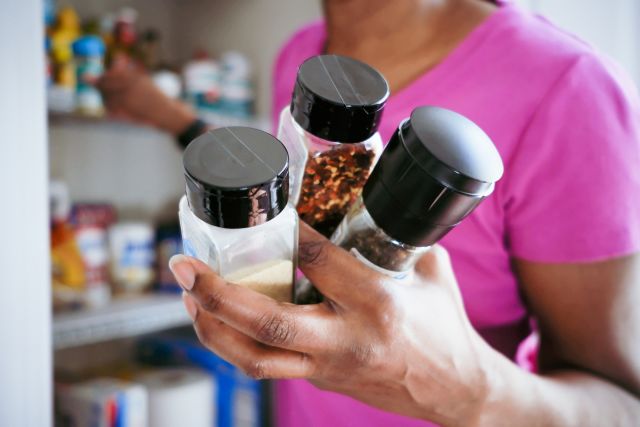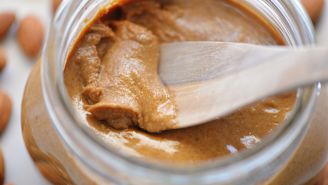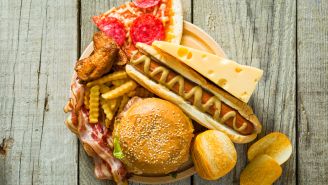Updated on February 20, 2024.
Cooking at home takes time and planning, but it holds big rewards for your health. Cutting back on restaurant meals and prepared foods can decrease the amount of sodium in your diet, which may help decrease your risk for high blood pressure or lower your blood pressure if it’s already high.
Use this checklist of sodium-slashing food-prep ideas every time you make a meal, based on recommendations from the Centers for Disease Control and Prevention, the U.S. Department of Agriculture (USDA), and the National Heart, Lung, and Blood Institute. Before you know it, you could be enjoying better health.
Step 1: Study the label
Check all labels while you’re planning your meals so you know how much sodium you're starting with. Then, follow these pointers:
- Try to stay below the USDA-recommended limit of 2,300 milligrams (mg) of sodium per day. If you have high blood pressure, aim for less than 1,500 mg per day.
- Always buy the low-sodium versions of prepackaged, frozen, canned, or jarred foods and sauces.
- Opt for fresh veggies over canned whenever possible.
- Make things from scratch when you can, to better control the sodium content.
Step 2: Reduce wherever you can
How many ways can you cut the sodium from your food? Try these approaches:
- Rinse canned foods before using.
- Don't add salt to the water when you boil pasta or rice.
- Ditch the flavor packets that come with instant or prepared foods and create your own low-salt seasoning.
- Choose fresh whole cuts of meat or fish over processed, smoked, cured, or canned proteins when possible.
Step 3: Season generously
Get creative with low-sodium flavors so you won't feel tempted to grab the saltshaker.
- Choose fresh herbs and low-sodium spices instead of salt.
- Use herb- or citrus-infused oils, avocado, or malt or cider vinegars instead of salty condiments like barbecue sauce, ketchup, and soy sauce.
- Try a simple combination of oil with red wine vinegar or lemon juice instead of salty salad dressings.
- Season lean animal protein and veggies with onions, mushrooms, garlic, peppers, and other fresh, savory flavors.
- Stuff fresh, crunchy veggies into sandwiches or wraps, instead of pickles or olives.
With a few simple moves like these, you can enjoy vibrant flavors while lowering your sodium intake and boosting your health in the process.







